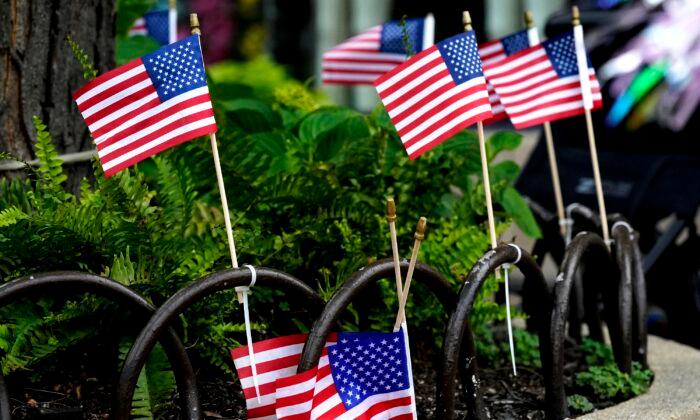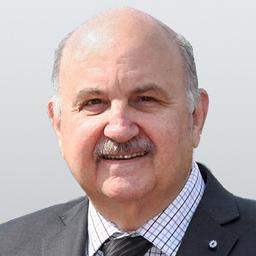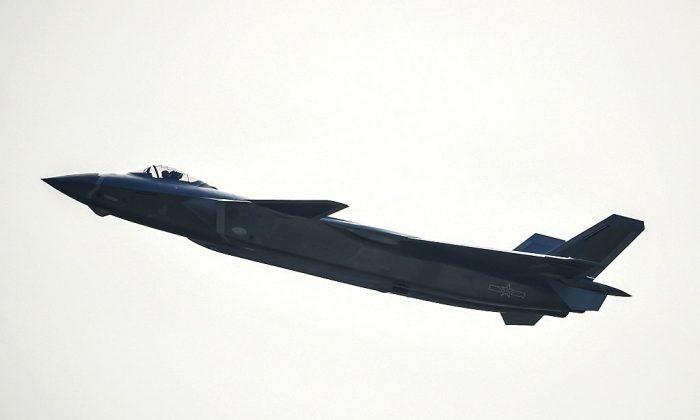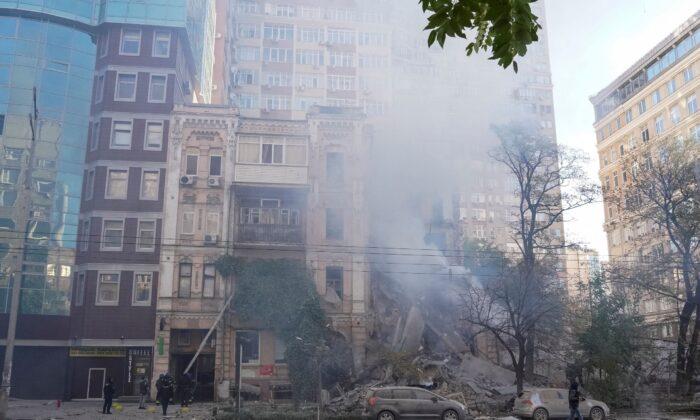A Chabad synagogue was on the parade route—the Central Avenue Synagogue, Rabbi Schanowitz’s synagogue.
Chabad is an Orthodox Jewish religious movement that emerged from the Russian town of Lubavitch. The term Chabad is actually an acronym formed from three Hebrew words: wisdom, understanding, and knowledge. Sometimes Chabad congregations are referred to as Chabad-Lubavitch.
The alleged shooter, identified by police as Robert (Bobby) Crimo, III from Highland Park, went to the Central Avenue Synagogue for unknown reasons during Passover in April. The Passover holiday, which celebrates the exodus of the Jews from slavery in Egypt, took place between April 15 and April 23, 2022.
The rabbi and the security guard, who was armed, turned Crimo away. It isn’t known if they reported Crimo’s attempt to enter the synagogue to the local police.
A motive for the July 4 shooting has not been declared by the police. But given the security incident at the Central Avenue Synagogue and the people targeted in the Fourth of July Parade, antisemitism may have played a role.
Synagogue security, like church security, is challenging for many reasons. Most religions want to welcome new worshippers, which means an open-door policy. But as attacks on religious places in the United States and elsewhere have grown, the old open-door policy has gradually changed to an “on guard” approach, at least in those houses of worship where security measures are in place.
Crimo’s appearance at the synagogue could have been to assess the security of the congregation. It isn’t unusual for potential shooters to try to attend services or hang around buildings. In some cases, potential shooters have photographed the outside of synagogues, mosques, and churches. In others, they try to make friends with unsuspecting congregants, even ministers, priests, and rabbis. Some claim they are there to worship, to find god, or even to get a hot meal.
A good example happened at Congregation Beth Israel in Colleyville, near Dallas, Texas, in January. Mark Faisal Akram, a British citizen from Lancashire, pretended to be a homeless man and struck up a conversation with the synagogue’s rabbi, who offered him tea before religious services began. Once in the synagogue, Akram, who was armed, took the small number of congregants hostage and began making demands. When he threatened to kill the hostages, they escaped, and the FBI raided the building and killed Akram.
Days earlier, Akram tried the same trick at the Islamic Center Mosque in Irving, Texas. He said he was homeless and wanted to sleep in the mosque. After an altercation, he was sent away.
All too often, small incidents like this happen around the country. Recently, in Columbus, Ohio, a young man with a backpack showed up at a synagogue. He was challenged while trying to enter the synagogue. The name he gave didn’t match the identification he carried. He was turned away. After the event, local police were notified, who in turn notified the FBI. Whether this young man was a real threat we may never know, but these incidents are increasingly common.
Perhaps the most important two things to remember are vigilance and deterrence. Vigilance means challenging unknown persons trying to enter a congregation, or even those who appear to be “hanging around” religious places (including schools, day care centers, and houses of worship).
Deterrence means having an armed guard, preferably in uniform with a visible weapon, just like the Central Avenue Synagogue. Had there been an armed guard at the Poway synagogue in California, or the Tree of Life synagogue in Pittsburgh, the mass shootings in both places may never have happened.
One important caveat: Untrained and unarmed church, mosque, or synagogue staff, or security volunteers, should not approach an unknown person who could be armed and dangerous. That’s a job for security professionals.





